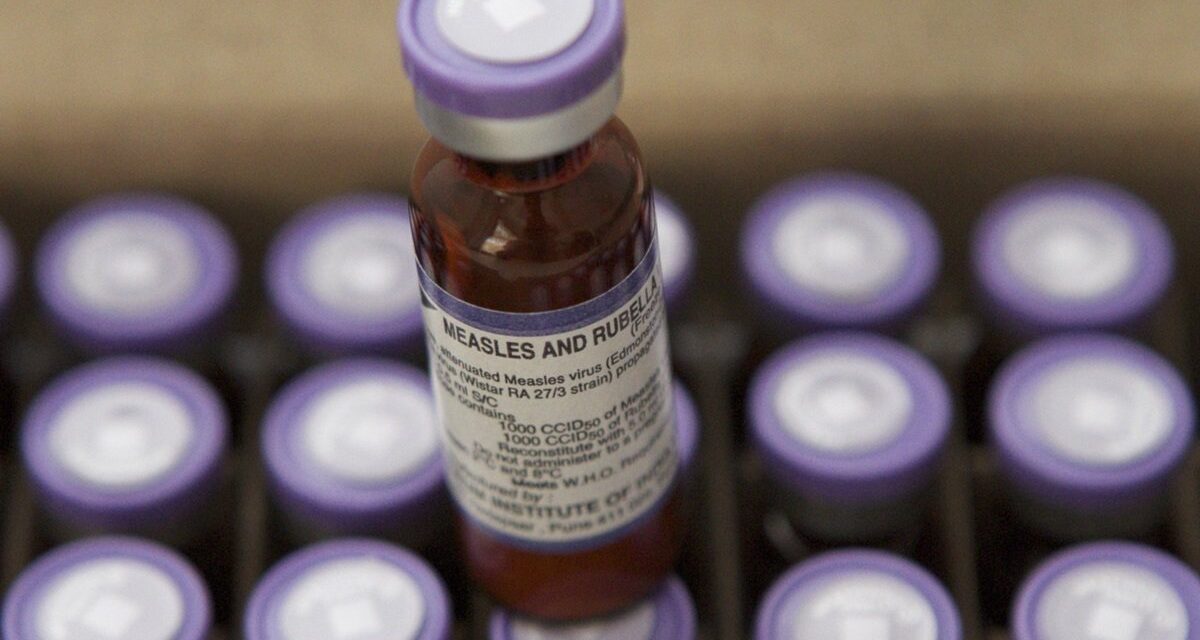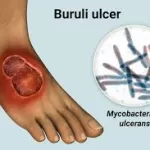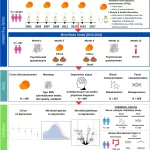In the landscape of public health, few stories are as compelling as the unexpected return of a disease once thought to be conquered. Measles, a highly contagious viral infection formally declared eliminated in Canada in 1998, is making a surprising comeback, posing a significant challenge to public health systems and communities nationwide.
Outbreaks in Canada
The rising number of measles cases is a growing concern. The resurgence is evident, particularly in Ontario and Québec, where the majority of cases have been reported. As of February 13, 2025, Ontario has documented 57 confirmed measles cases, while Québec is facing its second outbreak of the year, with 24 confirmed cases as of February 21. An earlier outbreak in Québec saw 51 cases between February and June 2024.
Contributing Factors
This resurgence can be attributed to several factors, including declining vaccination rates, international travel reintroducing the virus into Canada, and the highly contagious nature of measles. The vaccination rate for the measles, mumps, and rubella (MMR) vaccine has dropped to approximately 82.5 percent, significantly below the 95 percent threshold needed for herd immunity. The decline, which began during the COVID-19 pandemic, has left a population of highly susceptible individuals vulnerable to outbreaks.
How Measles Spreads
Measles is one of the most contagious infectious diseases, with a basic reproduction number (R₀) of 12–18. This means that one case of measles can lead to an average of 12–18 secondary infections in a fully susceptible population. Although the initial cases in the current outbreak were linked to international travel, local transmission is now the primary driver of new infections.
Measles spreads through respiratory droplets when an infected person coughs, sneezes, or breathes. The virus can remain airborne and infectious for up to two hours after an infected individual has left the area. Complicating containment efforts is the fact that individuals can transmit the virus for four days before developing the characteristic rash and for four days after its onset.
Protecting Individuals and Communities
Public health experts stress that vaccination remains the most effective defense against measles. To protect yourself and your community:
- Ensure vaccinations are up to date: The MMR vaccine is typically administered in two doses, which are 99 percent effective at preventing infection.
- Verify immunization records: If uncertain about vaccination status, consult a healthcare provider or review personal immunization records.
- Vaccinate children on schedule: In Ontario, children receive two doses of the MMR vaccine before age seven as part of routine immunization.
- Consider early vaccination for infants: In outbreak areas, infants as young as six months may be eligible for early vaccination.
- Plan ahead for travel: If traveling internationally, consult a healthcare provider at least six weeks before departure.
- Recognize symptoms: Early symptoms include fever, cough, runny nose, red eyes, and a characteristic rash.
If you suspect measles infection in yourself or a family member, call a healthcare provider before visiting a medical facility to prevent further spread.
A Call to Action
The resurgence of measles serves as a stark reminder that public health victories should never be taken for granted. Vaccination has been one of the most successful public health interventions in history, saving millions of lives worldwide. By maintaining high vaccination rates and adhering to public health guidelines, Canada can once again push measles to the brink of elimination.
Disclaimer: This article is for informational purposes only and should not be considered medical advice. For personal health concerns, consult a qualified healthcare professional.










